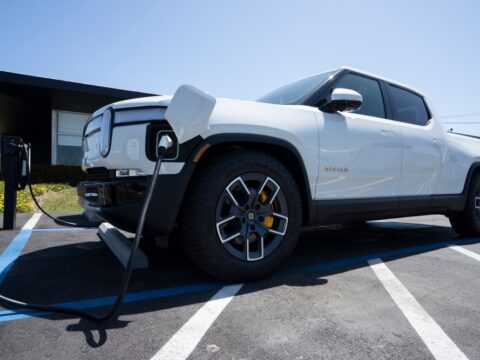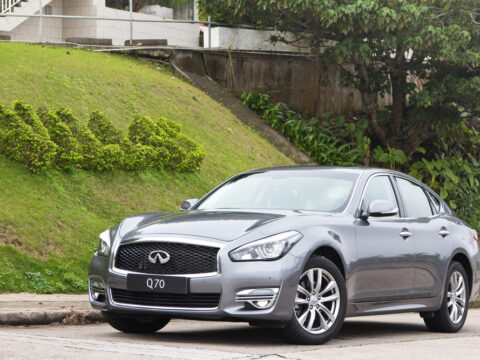High-speed trains have transformed the way we travel, offering faster, more efficient transportation across cities and countries. Over the years, advancements in rail technology have not only improved speed but also revolutionized infrastructure and design. In this article, we’ll explore 15 high-speed trains that have left a lasting impact on modern rail systems, shaping the future of travel.
Contents
Shinkansen (Japan)
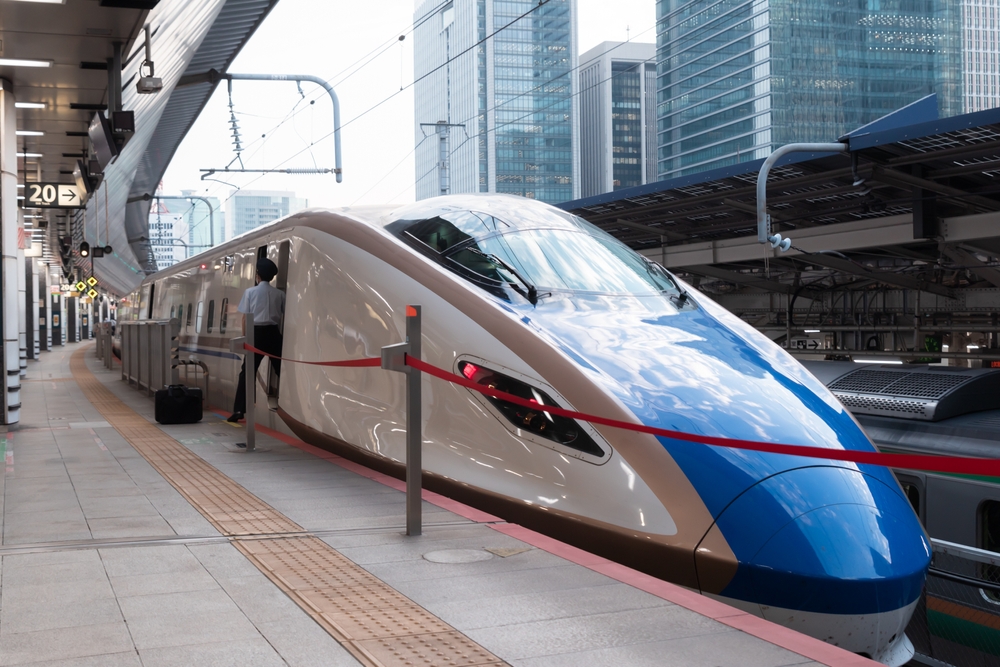
The Shinkansen, or “bullet train,” revolutionized high-speed rail travel in 1964, debuting for the Tokyo Olympics. It set the standard for speed and efficiency with its streamlined design, safety features, and impressive speeds of over 200 mph (320 km/h). As the world’s first high-speed train, it continues to evolve, playing a pivotal role in Japan’s transportation system.
TGV (France)
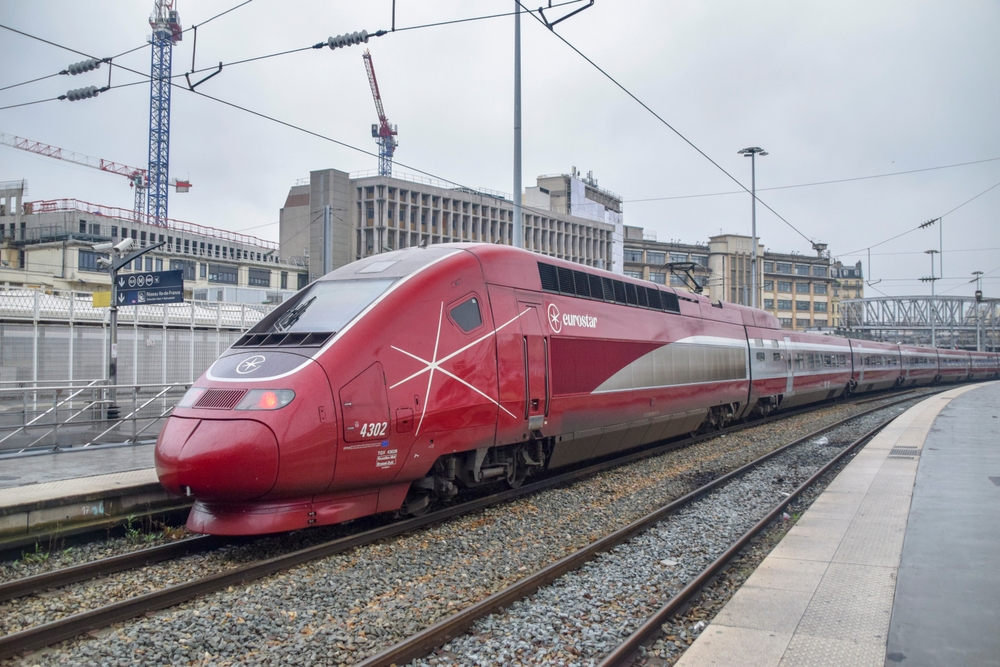
France’s TGV (Train à Grande Vitesse) is renowned for setting a world speed record of 357 mph (574.8 km/h) in 2007. Launched in 1981, it transformed Europe’s rail landscape, offering passengers high-speed, comfortable travel across the continent. The TGV is known for its aerodynamic design, electric power, and advanced signaling systems.
ICE (Germany)
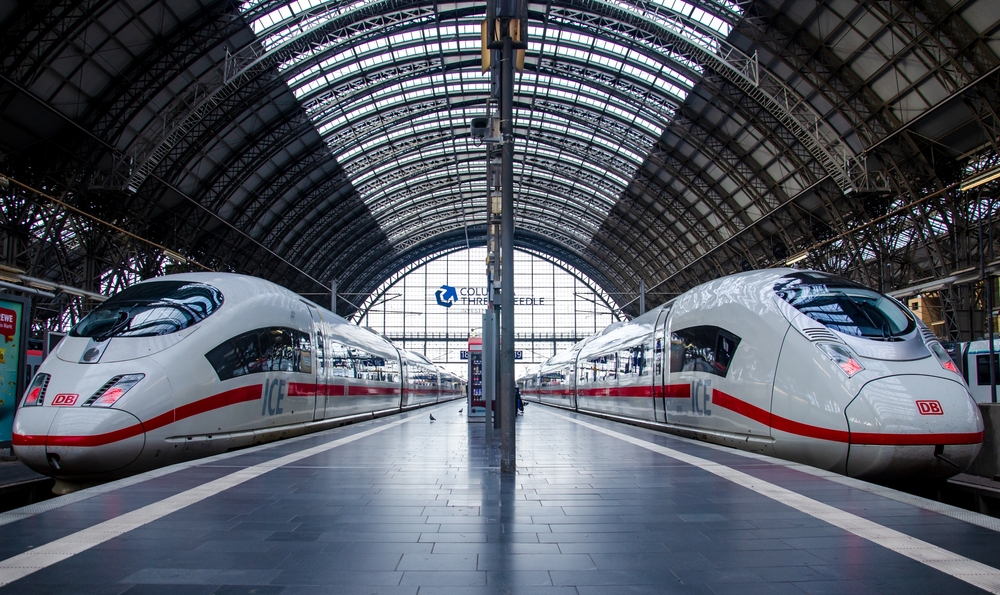
Germany’s InterCity Express (ICE) is a key player in European high-speed rail, offering smooth and quiet travel across Germany and neighboring countries. It reaches speeds of 186 mph (300 km/h), and its sleek design, coupled with a focus on environmental sustainability, makes it a staple in modern rail networks.
Eurostar (UK/France/Belgium)

The Eurostar connects London with Paris and Brussels via the Channel Tunnel, revolutionizing cross-border travel. Launched in 1994, it offers a fast, comfortable alternative to flying, reaching speeds of up to 186 mph (300 km/h) while traversing both land and water. Its role in reducing the need for short-haul flights has significantly impacted European travel.
Frecciarossa (Italy)

Frecciarossa, Italy’s flagship high-speed train, connects major cities like Rome and Milan at speeds of up to 220 mph (360 km/h). Known for its luxury interiors and eco-friendly design, the Frecciarossa has redefined high-speed travel in Italy, enhancing comfort and reducing travel times across the country.
AVE (Spain)
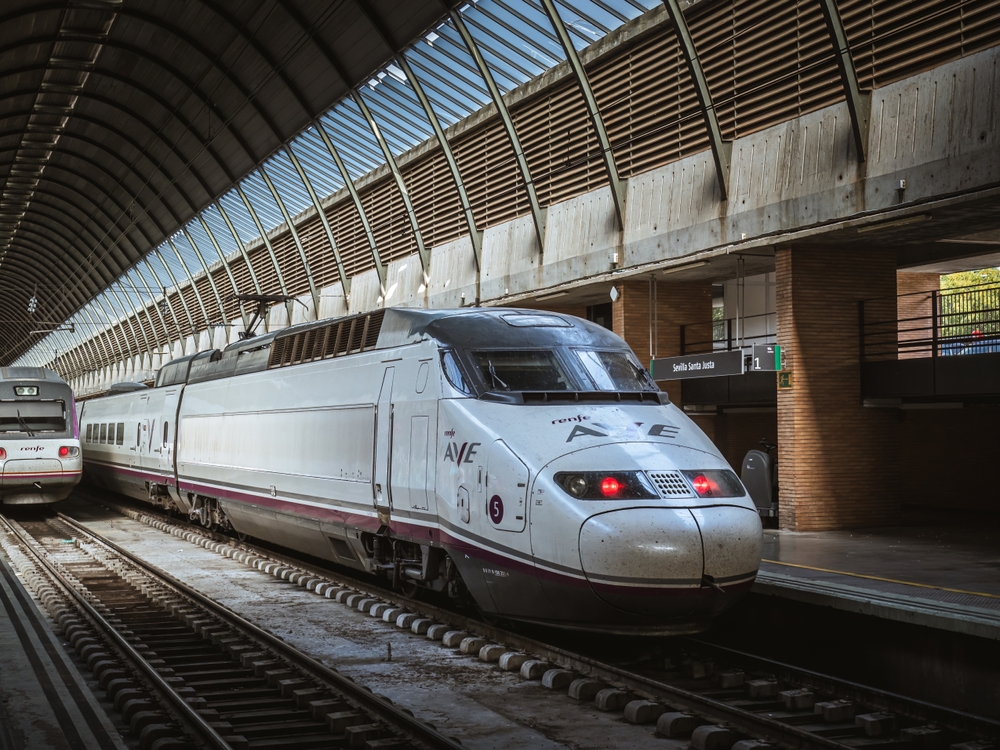
Spain’s AVE (Alta Velocidad Española) has reshaped domestic travel, connecting cities like Madrid and Barcelona with speeds of up to 193 mph (310 km/h). Known for its punctuality and luxury, AVE trains are integral to Spain’s extensive high-speed rail network, helping to unify regions and reduce travel times.
Thalys (France/Belgium/Netherlands/Germany)
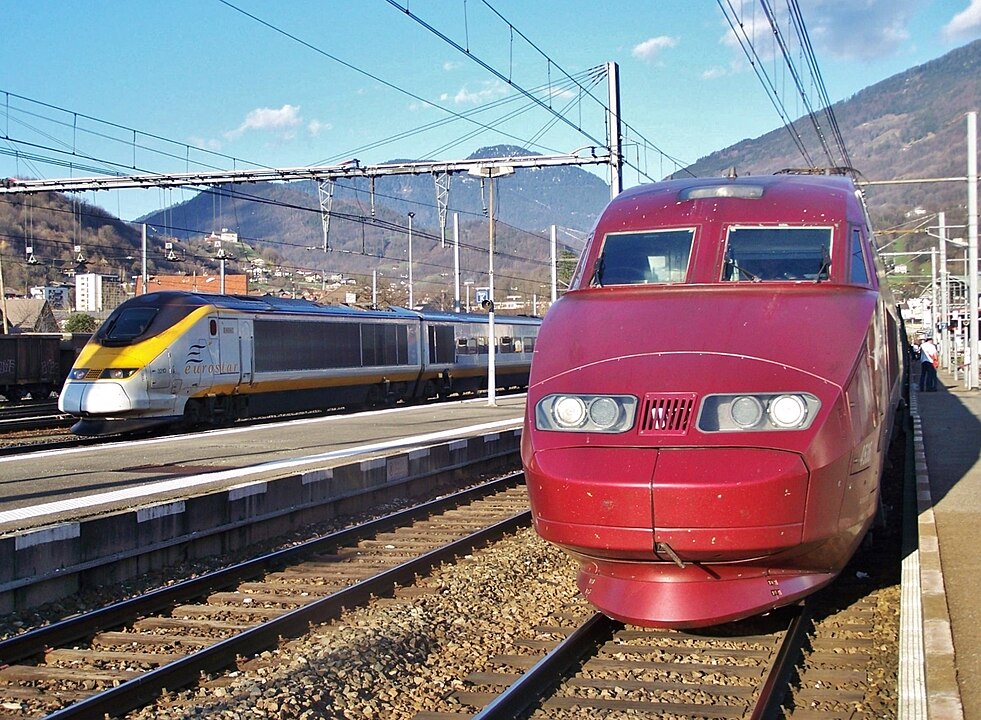
Thalys is a vital link between France, Belgium, the Netherlands, and Germany, offering seamless international travel at speeds of up to 186 mph (300 km/h). It provides a comfortable, high-speed alternative to air travel in Western Europe, contributing to economic and cultural exchange across borders.
Al Boraq (Morocco)
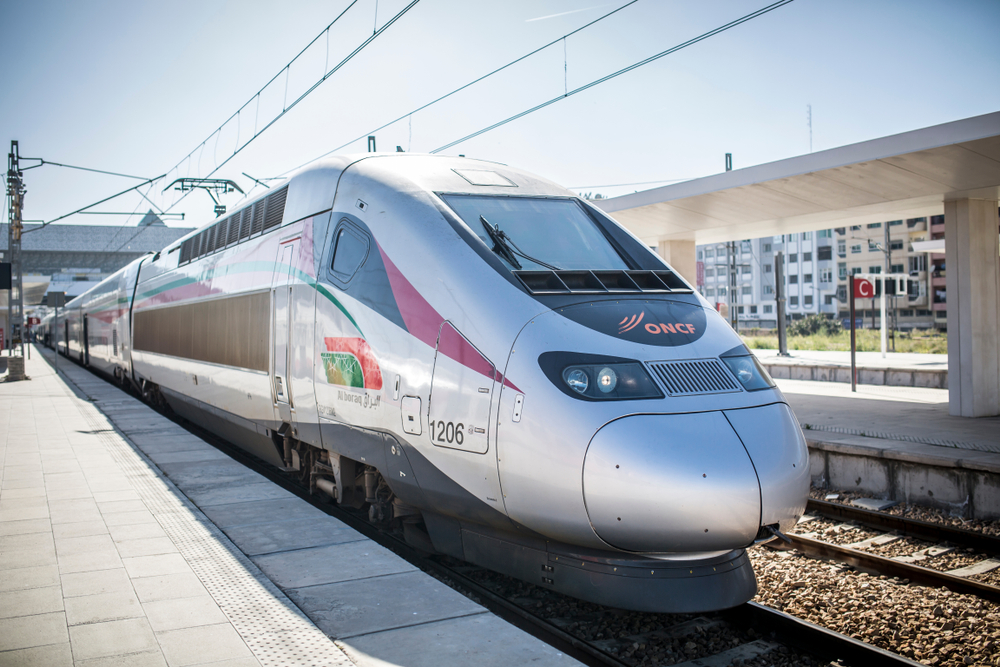
Al Boraq is Africa’s first high-speed rail line, connecting Casablanca and Tangier at speeds of up to 200 mph (320 km/h). Launched in 2018, it signifies a new era of advanced rail systems in Africa, reducing travel time and boosting Morocco’s infrastructure development and tourism.
Renfe Alvia (Spain)
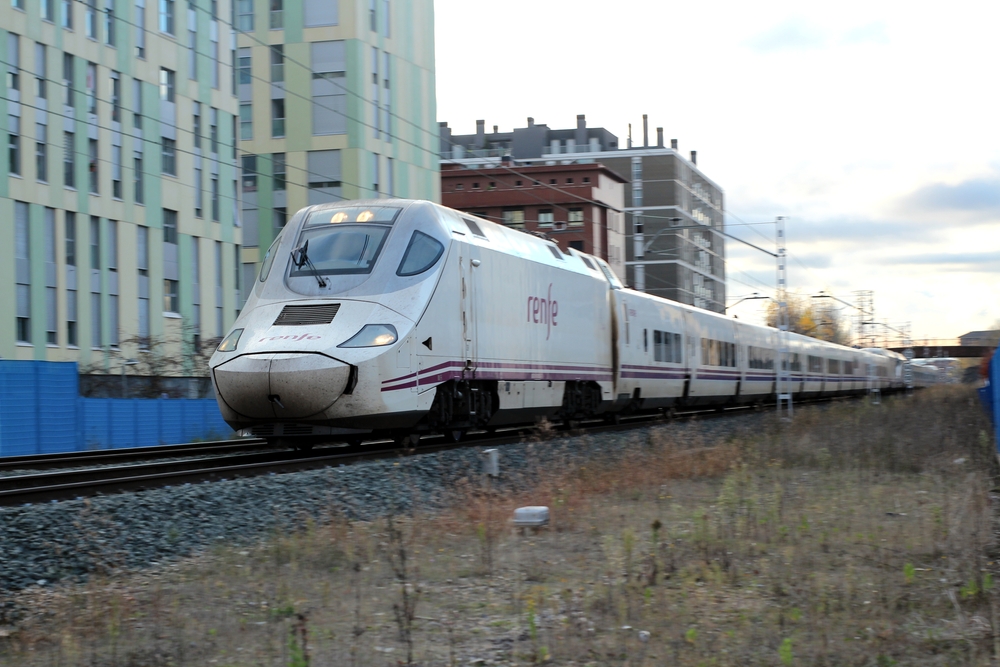
Renfe Alvia is a hybrid high-speed train that connects non-AVE regions in Spain, combining standard and high-speed lines. It travels at up to 155 mph (250 km/h), offering accessibility to cities not covered by the AVE network. Its versatility and hybrid capabilities make it a key player in Spain’s rail system.
CRH (China)
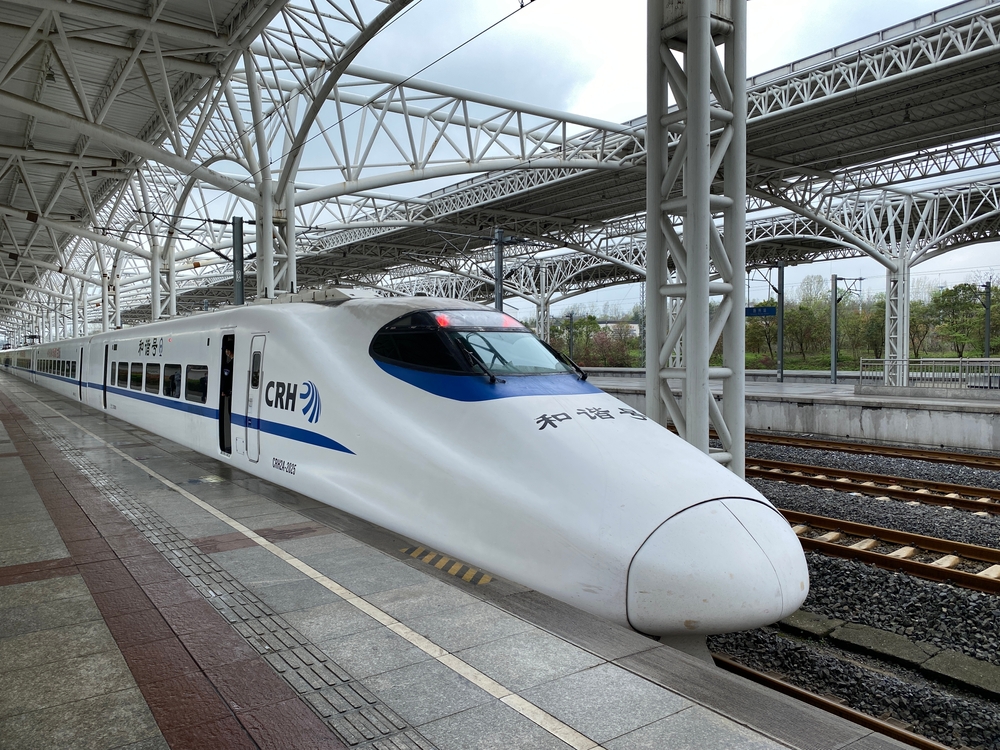
China’s high-speed rail (CRH) network is the largest and fastest-growing in the world, connecting cities across the vast country. Reaching speeds of up to 217 mph (350 km/h), CRH trains are central to China’s modernization efforts, significantly reducing travel times and connecting economic hubs.
E5 Series Shinkansen (Japan)
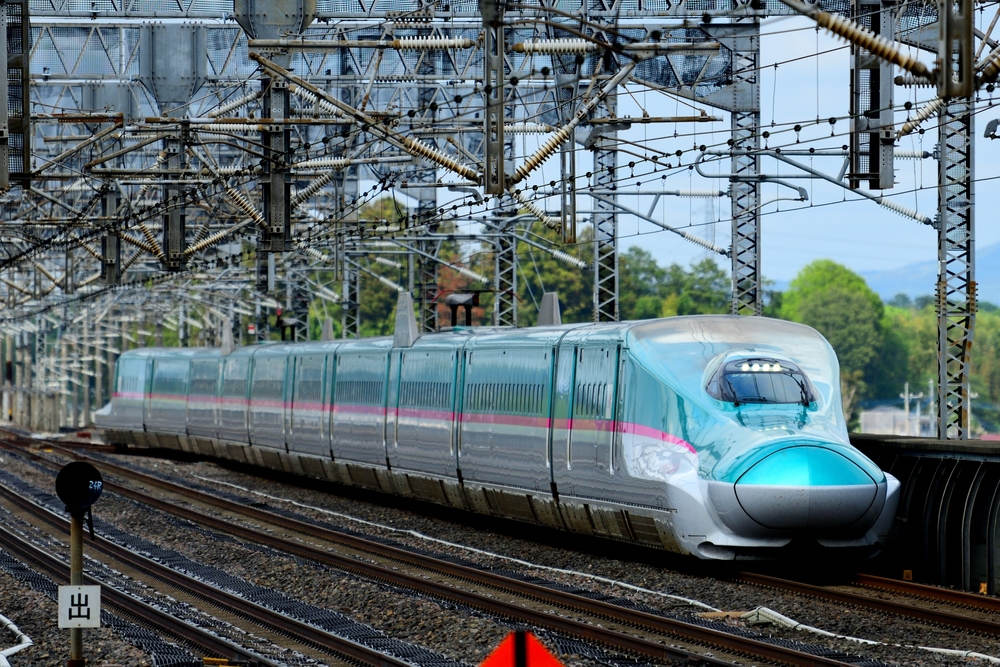
The E5 Series Shinkansen is Japan’s latest high-speed marvel, reaching speeds of 200 mph (320 km/h) with enhanced passenger comfort and cutting-edge technology. Its elongated nose reduces noise, making it an environmentally friendly choice, and it plays a vital role in connecting Tokyo with the northern regions of Japan.
KTX (South Korea)
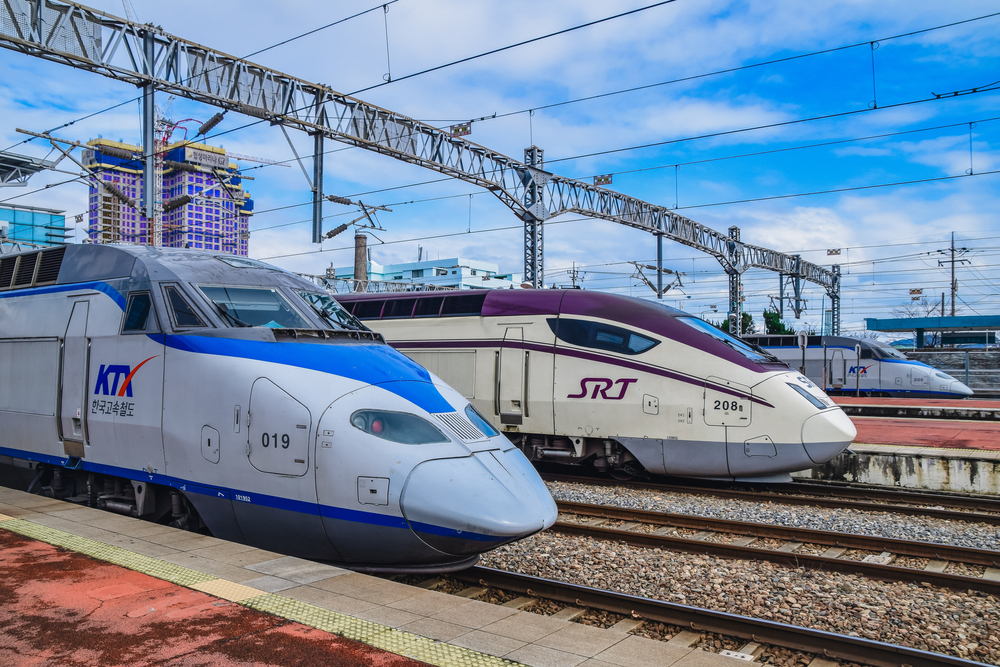
The Korea Train Express (KTX) links Seoul with Busan, reaching speeds of up to 190 mph (305 km/h). As a cornerstone of South Korea’s rail infrastructure, it dramatically reduces travel times and promotes domestic tourism and business connectivity.
Fuxing Hao (China)
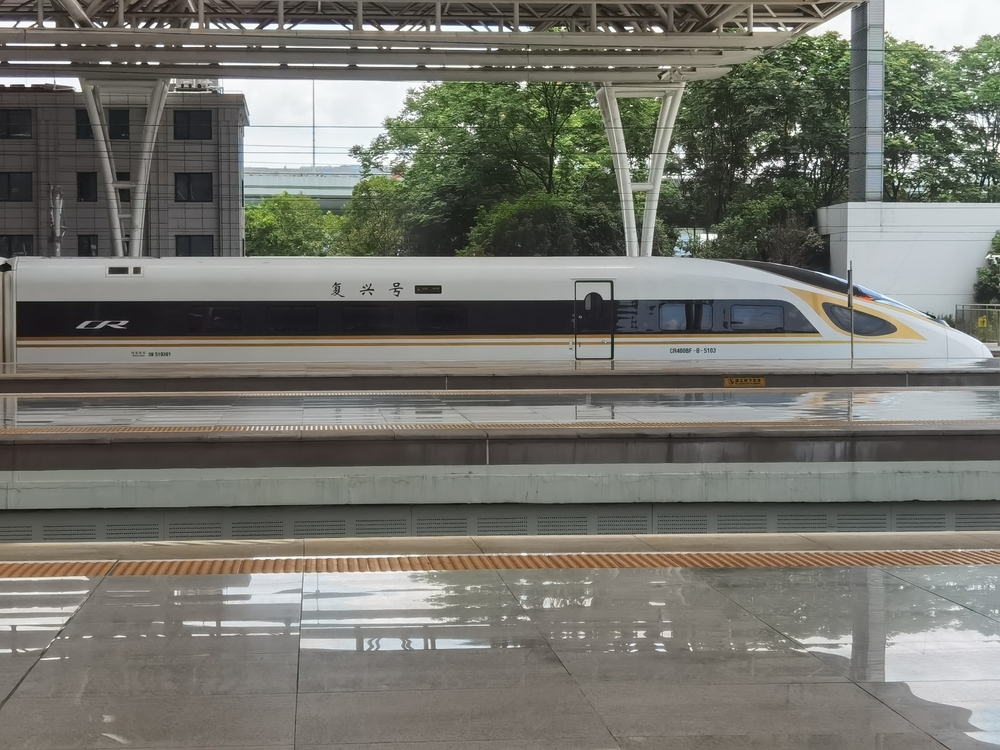
Fuxing Hao represents the pinnacle of China’s high-speed rail advancements, reaching up to 217 mph (350 km/h). It features advanced safety systems, smart technology, and improved energy efficiency, playing a key role in China’s vast, interconnected rail network.
X2000 (Sweden)
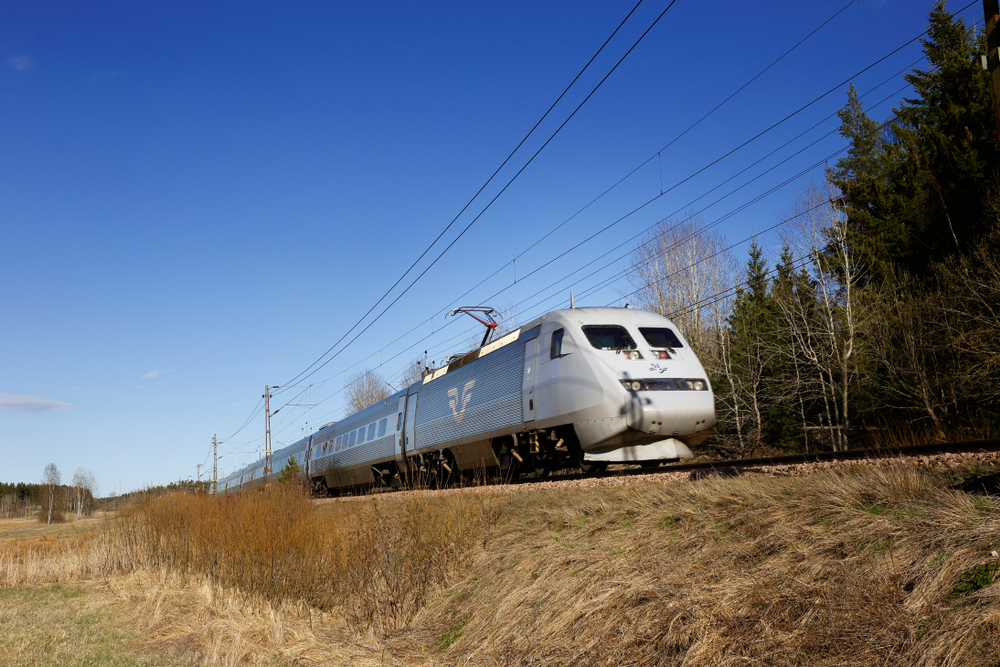
The X2000 is Sweden’s flagship high-speed train, introduced in the 1990s. It reaches speeds of 125 mph (200 km/h), but its tilting technology allows it to navigate Sweden’s curvy tracks with ease, offering smooth, fast travel on existing rail lines.
Sapsan (Russia)
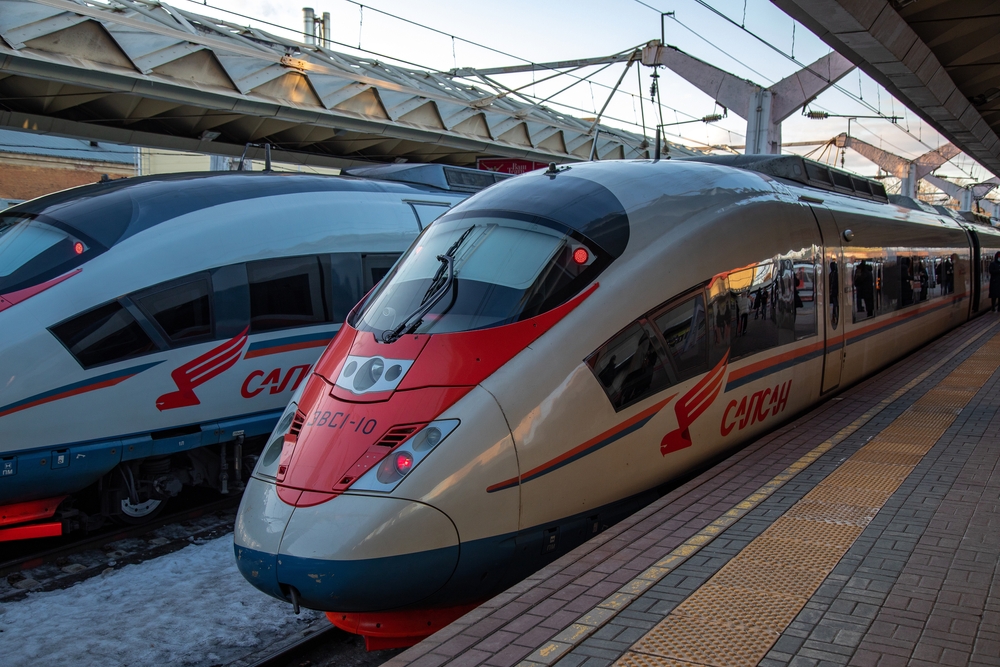
The Sapsan, connecting Moscow and St. Petersburg, reaches speeds of up to 155 mph (250 km/h), making it Russia’s premier high-speed train. It reduces travel time between the two major cities and reflects Russia’s push towards modernizing its rail systems.
This article originally appeared in MyCarMakesNoise.
More from MyCarMakesNoise
The 16 Fastest Buell Motorcycles, Ranked by Top Speed
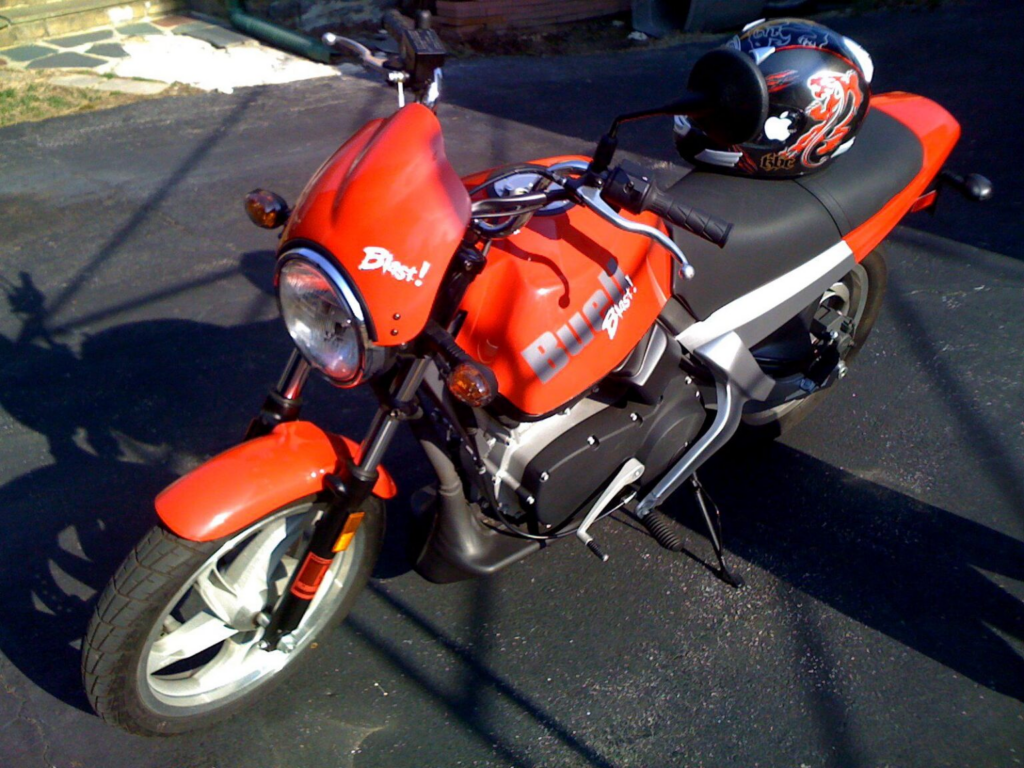
Buell motorcycles are renowned for their speed and performance, pushing the boundaries of engineering. From track-ready models to street bikes, these motorcycles have set impressive speed records. Read More
20 Pilot-Approved Commercial Planes That Stand Out

Choosing the right commercial aircraft can make a significant difference in your flying experience. According to a veteran pilot, some planes stand out for their comfort, reliability, and performance. Read More
Avoid These 20 Mistakes to Keep Your Car Safe from Break-Ins

Keeping your car safe from break-ins requires more than just locking the doors. Simple mistakes can make your vehicle an easy target for thieves. Read More


